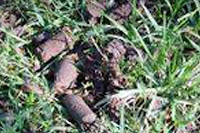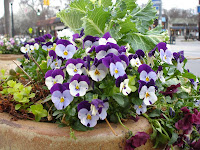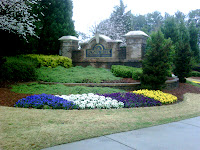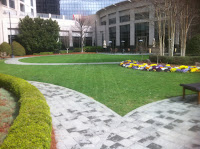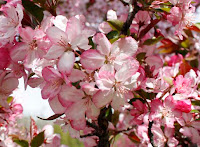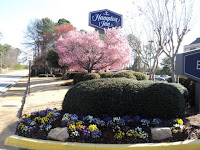Heard the terms “annuals” and “perennials” and wondering about plants for containers or flower beds this summer?
Annual Flowers: Annuals are plants that zip through a complete life cycle, from seed to seed, in one growing season, and then they die. During this brief lifespan, they must produce abundant showy blossoms for an extended time (all summer). Popular annuals include marigolds and zinnias. In gardening, some plants called “annuals” are actually tender perennials that die when cold weather arrives, like petunias and begonias. Still other annuals re-seed (a.k.a. “self-sow”) in place, giving the illusion that successive generations are actually long-lived plants.
Annuals are easy to use in containers planted for summer decks and patios, and easy to replace with pansies next fall, for winter color.
Perennials/Herbaceous Perennials: Perennials are ornamental plants that do not die after one season of growth, but continue blooming and growing larger for a number of years. The root system and crown (level with the soil line) of the plant lasts through the winter, and fresh shoots re-appear each spring, returning like old friends. The term perennial is generally reserved for plants with showy flowers, but ornamental grasses and foliage plants such as hostas are also perennial. Perennials bloom at the same time each year (hellebore in winter, thrift in spring, mums in fall) rather than blooming continuously. Favorite perennials that are both tough and easy to grow include black-eyed Susan, purple coneflower, Siberian iris and ferns.
The term herbaceous perennial refers to plants with soft, green stems that die back to the ground in winter. This excludes woody ornamentals like trees and shrubs, despite the fact that they live for many years.
Although they are called ‘perennial’, this does not mean that plants live forever. In fact, some plants are recognized for a short lifespan lasting only 2-3 years and are called short-lived perennials. Examples include columbine, delphinium, rose campion and tulip. Adventuresome gardeners prone to trying new and untested perennials joke that “A perennial is a plant that, had it lived, would have bloomed for a number of years”.
On the other hand, some plants such as peonies, verbena and daffodil are known as long-lived perennials and last for decades.
Ask Crabapple LandscapExperts what is best for your property and try a few of each this season.





